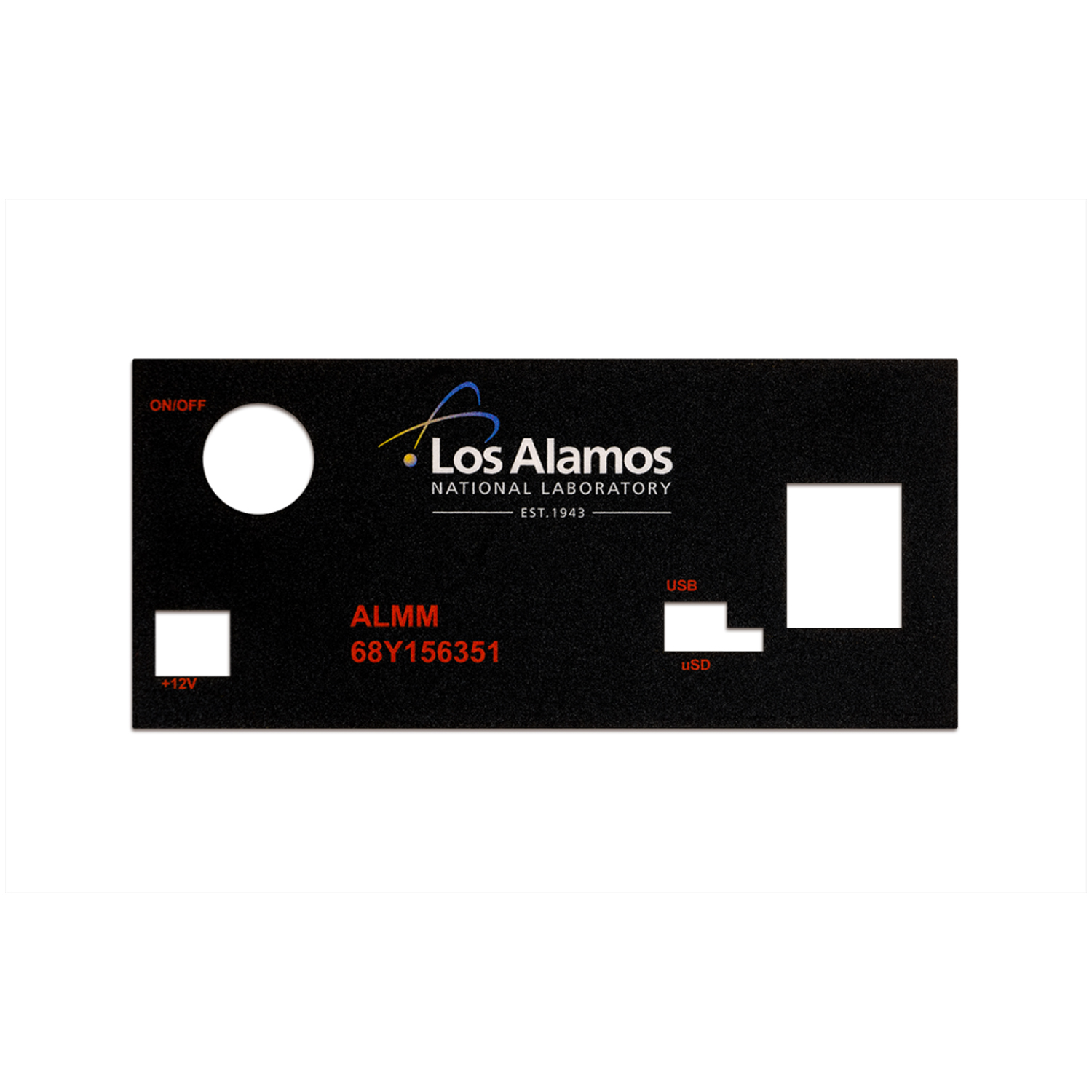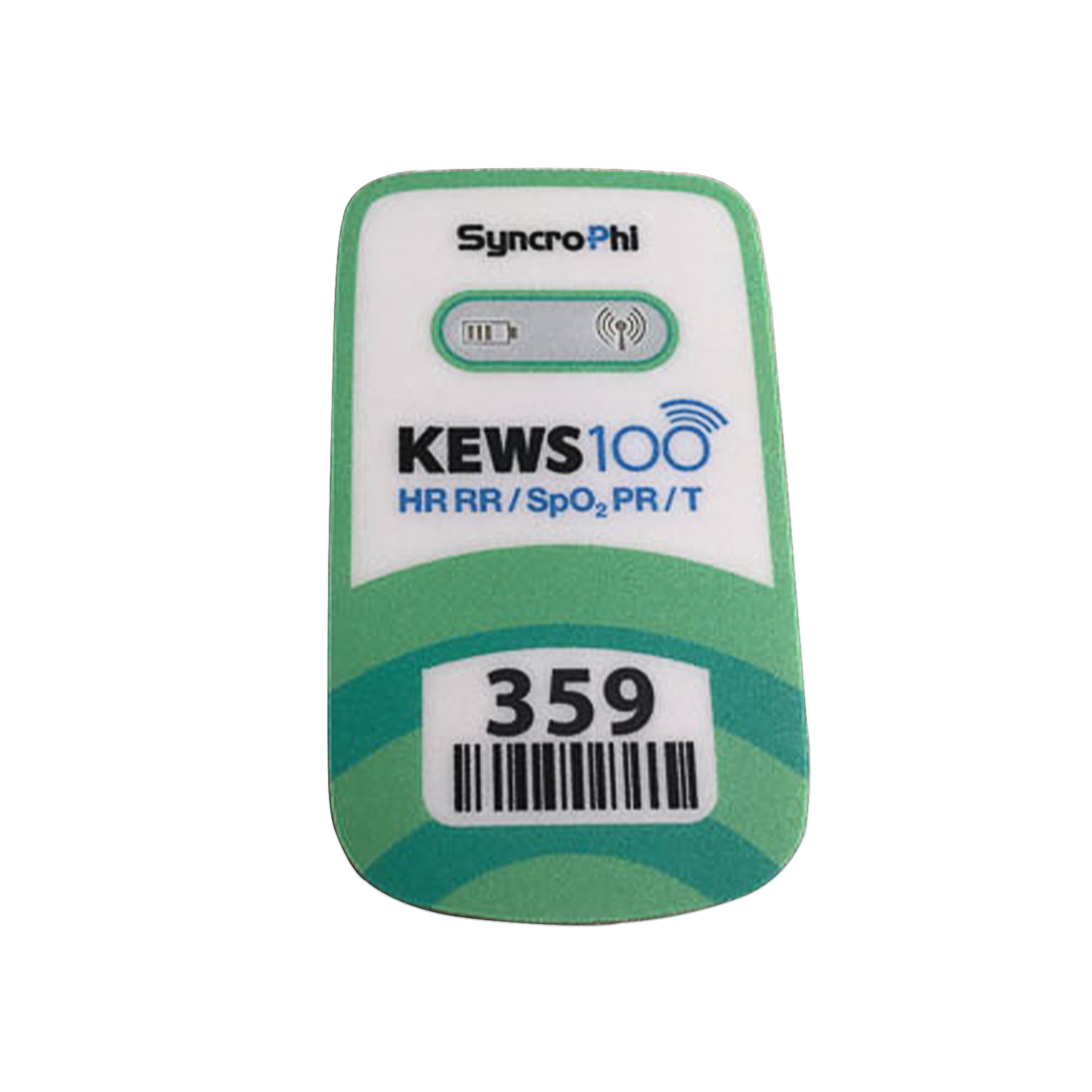

| Unique&Sequential number Panel | |
| Shape | Customized |
| Materials | PET ,PC,PMMA, Metal or other materials as per your requirements |
| Performance | High temperature resistance, weather resistance, good stability, waterproof, dustproof, UV resistance |
| Colour | Pantone and RAL color matching system |
| Adhesive | 3M, Nitto, Tesa, etc… |
| Temperature Resistance | -20ºC-+70ºC |
| Printing | Screen Printing, Digital Printing, UV Printing |
| Thickness | 0.05-0.25mm |
What is A “Unique&Sequential number Panel”?
Unique&sequential number panel, a system or interface specifically designed to generate, display, and manage unique and sequential numbers. Such panels are often used in scenarios that require unique identification and sequential tracking, such as order processing, inventory management, product tracking, ticket numbering, and so on.
Features & Benefits of Unique&Sequential Number Panel Include:
Product Features
Uniqueness:
Each number displayed on the unique&sequential number panel is unique, ensuring data accuracy and non-repeatability. This uniqueness is essential for tracking, managing, and validating various entities such as products, devices, documents, etc.
Sequential:
The numbers are generated in a certain order, which helps maintain order and predictability of the system. Sequentiality can be determined based on many factors such as time, production batch, receiving order, etc.
Readability:
Numbers on a unique&sequential number panel are usually in a clear and legible format for quick identification and recording by the user. This helps reduce errors and increase productivity.
Durability:
Once a number is generated and assigned to an entity, it remains the same until the entity is replaced or scrapped. unique&sequential number panel This persistence facilitates long-term tracking and management.
Scalability:
Unique&sequential number panels are often designed with possible future changes in requirements in mind, supporting expansion and upgrading of numbering systems. This helps keep the system flexible and adaptable.
Integration:
Unique&Sequential number graphic may be integrated with other systems (such as databases, ERP systems, etc.) to achieve real-time synchronization and sharing of data. This helps improve the accuracy and consistency of the data.
Product Benefits
Improve Management Efficiency:
The unique&sequential number panel makes it easy to track and manage various entities with a unique and sequential numbering system, reducing confusion and error. This helps to improve management efficiency and work quality.
Enhanced Traceability:
Each entity has a unique number corresponding to it, allowing detailed information to be traced back to its origin, production process, usage, etc. The unique&sequential number panel helps to quickly locate the cause and take action when something goes wrong.
Optimize Inventory Management:
In inventory management, the unique&sequential number panel can clearly understand the status of each product (such as stock time, stock location, remaining quantity, etc.) through unique and sequential numbering, so as to optimize inventory layout and reduce inventory overstock.
Improve Customer Satisfaction:
For customers, a unique and sequential number can provide a sense of trust, knowing that the product or service they are purchasing has been carefully managed and tracked. Unique &Sequential number label helps drive customer satisfaction and loyalty.
Support Data Analysis:
A unique and sequential numbering system provides a reliable basis for data analysis. Through the statistical analysis of the number, we can understand the production cycle, sales trend, customer preference and other information, which provides strong support for the decision of the enterprise.
Design Features of Unique&Sequential Number Panel
- Guarantee of uniqueness
Unique identifier: Each number is unique, ensuring data accuracy and non-repeatability. This is generated by a specific algorithm or rule, such as a UUID (Universal Unique identifier) or based on a combination of timestamp and random numbers.
Anti-conflict mechanism: When the unique&sequential number panel is designed, it will consider the conflict problem when concurrently generating numbers, and take the corresponding anti-conflict mechanism, such as lock mechanism, time stamp + serial number, etc., to ensure the uniqueness of the number.
- Sequential generation
Sequential growth: Numbers are generated in a certain order, such as increasing or decreasing. This sequentiality can be determined based on timestamp, self-increment ID, or business logic.
Easy sorting: The unique&sequential number panel’s sequential numbering makes the data more orderly when stored and retrieved, facilitating subsequent sorting and retrieval operations.
- Readability and maintainability
Clear format: The format of the unique&sequential number panel numbers is designed to be clear and easy to read, easy for users to quickly identify and record. This usually includes fixed length, character set limitations, and so on.
Easy management: The panel design supports batch generation, allocation, and reclamation of numbers, facilitating unified management by administrators.
- Scalability and flexibility
Scalable numbering rules: The unique&sequential number panel supports custom numbering rules to meet the needs of different business scenarios. This includes the length of the number, prefix, suffix, etc.
Flexible configuration options: Provides flexible configuration options, such as the number generation policy and storage mode, to adapt to different application scenarios and performance requirements.
- Security and stability
Security: When numbers are generated and assigned, security concerns are taken into account, such as preventing numbers from being tampered with or forged. This is usually done through mechanisms such as encryption, signatures, and so on.
Stability: The system can run stably and ensure the uniqueness and sequence of numbers even in high concurrency scenarios. This requires the system to have good fault tolerance and load balancing ability.
BX Panel Unique&Sequential Number Panel Technical
Information
- Demand analysis and planning
Clear requirements: Determine the specific requirements of the unique&sequential number panel, including size, shape, numbering rules, color, font, etc.
Layout Planning: Plan the layout of the graphic overlay layer based on requirements. Ensure that elements such as numbers, ICONS, and text are in reasonable, beautiful, and recognizable positions.
- Design phase
Design numbering rules: Create unique numbering rules, ensuring that each number is unique and in order. Numbering rules can include combinations of letters, numbers, special symbols, and other elements.
Create a sketch: Create a preliminary sketch by hand or using design software (such as Adobe Illustrator, AutoCAD, etc.) to determine the overall style and details of the graphic overlay.
Design graphic elements: Design graphic elements such as numbers, ICONS, text, etc., to ensure that they conform to the design requirements and are easy to recognize. The numbered parts, in particular, need to be clearly readable and not easily worn.
- Manufacturing and processing
Printing:
The designed unique&sequential number panel artwork is transferred to the selected material through the printing process. This is usually done using technologies such as screen printing, offset printing or digital printing.
The printing process requires strict control of color, position and clarity to ensure the quality of the graphic overlay.
Cutting and forming:
Using laser cutting, die stamping, or other cutting techniques, the printed material is cut to a size and shape that matches the unique&sequential number panel.
For parts that need to be bent or folded, molding is performed to ensure their fit.
Surface treatment:
Surface treatment of unique&sequential number panel, such as antistatic treatment, anti-scratch treatment, laser engraving, convex engraving, increase RFID function or enhance adhesion treatment. These treatments can improve the durability and functionality of the unique&sequential number panel.
- Back adhesive
According to the use of the product environment and requirements, choose the appropriate type of back adhesive, such as waterproof, temperature resistance, super bonding, etc. We offer 3M, Crown, Soken, Nitto, Sony, Luxking and other adhesive brands.
What Industries Use Unique&Sequential Number Panel?
Manufacturing Industry:
In manufacturing, unique and sequentially numbered panels are often used for product identification, inventory management, production control, and traceability. For example, industries such as automotive manufacturing, electronic equipment production, and heavy equipment manufacturing use barcode or serial number labels on products or packaging to track and manage products throughout the supply chain.
Logistics Industry:
The logistics industry is another industry that makes extensive use of unique and sequentially numbered panels. During the transportation, storage and distribution of goods, each package or container is assigned a unique serial number or barcode for accurate tracking and management. This helps logistics companies optimize transportation routes, reduce loss and damage, and improve overall operational efficiency.
Retail trade:
Bar codes are an integral part of the retail industry. Each item has a unique barcode that is scanned and priced in a point-of-sale (POS) system. In addition, some high-end retail brands or luxury brands may also use serial numbers or special logos on their products to combat counterfeit products and protect consumer rights.
Healthcare:
In healthcare, unique and sequentially numbered panels are commonly used for the identification and management of medical devices, drugs, and patient samples. This helps hospitals and clinics ensure that the right drugs and devices are being used on the right patients, while also helping to quickly locate a patient’s medical records in an emergency.
Government agencies and public services:
Government agencies and public services, such as postal services, ID card issuers, and traffic authorities, also use unique, sequentially numbered panels to manage documents and assets. For example, ID cards, driver’s licenses and vehicle registrations all have a unique serial number or barcode.